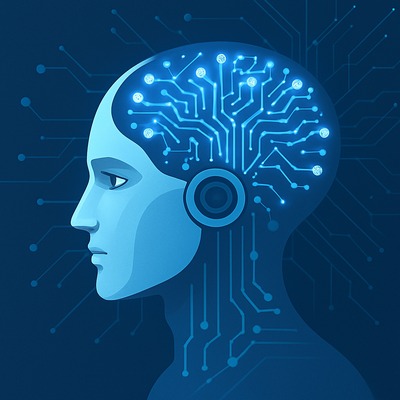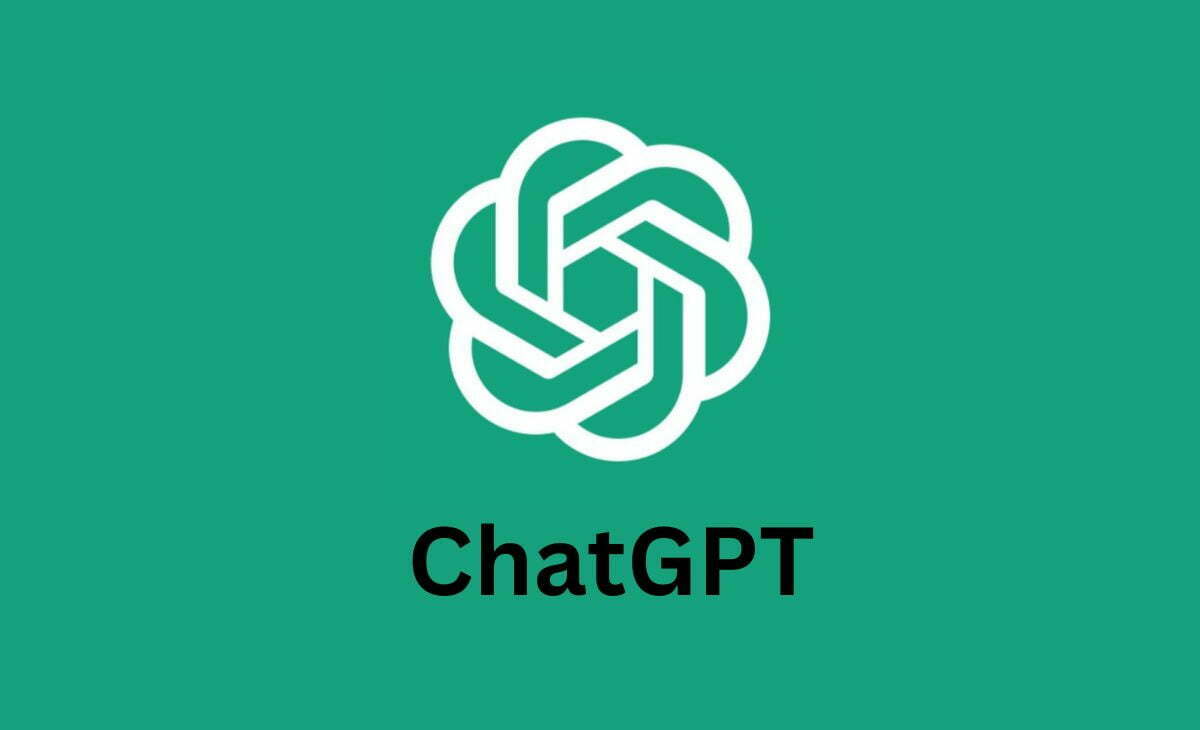The Sentiment Shift
Artificial intelligence is no longer seen as a distant concern—it has become an urgent conversation in the American workplace. Recent surveys reveal that a clear majority of Americans now believe AI could permanently replace workers in certain roles. This marks a significant shift in sentiment, moving from hypothetical debate to immediate anxiety.
The perception itself is critical. Employee and consumer trust often hinges on how technology is deployed. Rising fear of job loss can affect workplace morale, employee retention, consumer confidence, and even political pressure for new AI regulations. Policymakers are already weighing disclosure laws and deployment guardrails, which means business leaders cannot ignore public concern.
Where Risk Is Highest
Not all jobs are equally at risk. The greatest pressure comes in areas with repetitive digital workflows. These functions often rely on structured rules and templated outputs, making them highly automatable. Examples include:
-
Claims processing in insurance and healthcare.
-
Routine compliance checks in banking and finance.
-
Templated content production, such as standard reports or product descriptions.
-
Tier-one customer support, where interactions follow predefined scripts.
However, it’s important to note that outcomes differ depending on how AI is implemented. Businesses that pursue augmentation-first approaches—where humans remain in the loop—tend to achieve higher quality results, fewer errors, and faster adoption. In contrast, companies that try to replace workers outright often face resistance, quality issues, and reputational risk.
What Leaders Should Do
To address both the risks and opportunities of AI, leaders need a structured strategy. Here are five essential steps:
1. Task Mapping
Instead of thinking about jobs as a single unit, break them down into individual tasks. Rank these tasks by automation risk and potential return on investment. Importantly, identify human-critical checkpoints—moments where human judgment, empathy, or oversight is essential. This allows businesses to design workflows that balance automation with human value.
2. Agent Design
Advanced AI agents can be powerful, but they must be designed with retrieval-augmented generation and guardrails. This ensures that outputs are auditable, transparent, and aligned with compliance standards. By embedding safety layers, businesses reduce the risk of errors and maintain accountability.
3. Reskilling and Training
AI adoption should go hand-in-hand with reskilling programs. Employees should be trained in prompt engineering, data quality evaluation, exception handling, and oversight practices. Pairing pilots with training paths helps workers adapt to new roles and builds confidence that AI is a partner rather than a threat.
4. Human Metrics
Traditional performance metrics often miss the human side of AI deployment. Companies should track error catch-rate, time-to-decision, and user satisfaction as proof points of augmentation value. These measures demonstrate that humans are not being replaced but are instead working more effectively with AI support.
5. Transparent Communication
Trust is built through honesty. Businesses should clearly communicate the scope, limits, and goals of AI deployments. Success criteria should be shared openly, and employee feedback must be incorporated. Transparency not only builds confidence but also reduces the spread of misinformation about “machines taking over.”
The Bottom Line
Fear of AI job displacement is real—and growing. But the outcomes are far from predetermined. Companies that adopt an augmentation-first design philosophy, combined with reskilling initiatives and transparent communication, can transform anxiety into opportunity.
By focusing on human-AI collaboration, businesses can unlock productivity gains while preserving trust, improving quality, and ensuring long-term workforce stability. The challenge is significant, but so is the reward: an AI-enabled future where humans remain central to innovation and decision-making.
Related Reading
External Resources
For more expert perspectives, see:




